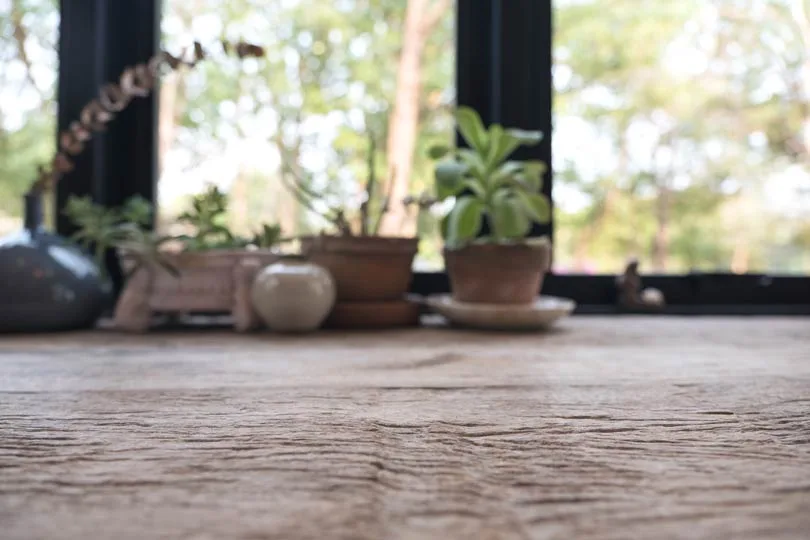As environmental awareness continues to rise, many homeowners are seeking sustainable and eco-friendly options for their living spaces. Among these options, flooring is a significant concern since the choices you make can have a considerable impact on the environment. The materials used and manufacturing processes involved can all contribute to the overall carbon footprint of your home. In this blog article, we will delve into the environmental impact of flooring choices and highlight eco-friendly options that can help you achieve a greener home.
1. Bamboo Flooring: A Rapidly Renewable Resource
Bamboo is a type of grass known for its fast growth and ability to mature rapidly. It has become increasingly popular as a sustainable alternative to traditional hardwoods thanks to its durability, style, and versatility. Bamboo flooring comes in various finishes and is known to be long-lasting, making it an excellent investment for homeowners. Additionally, bamboo is a rapidly renewable resource that regenerates quickly, so there is a minimal environmental impact when harvesting it. This makes bamboo an eco-friendly option for those looking to reduce their carbon footprint.
2. Cork Flooring: Harvested Sustainably
Cork flooring is derived from the bark of cork oak trees, a material that is harvested without harming the trees. The harvesting process allows the trees to continue absorbing carbon dioxide, promoting a healthier environment. Additionally, cork is a natural thermal and acoustic insulator, adding to its eco-friendly credentials.
3. Reclaimed Wood: Embracing the Beauty of Salvaged Materials
Reclaimed wood flooring is a sustainable choice that repurposes wood from old buildings, barns, or other structures. By using reclaimed wood, you not only add character and history to your home but also reduce the demand for new timber, helping to preserve forests and natural habitats.
4. Linoleum Flooring: Natural and Biodegradable
Linoleum is made from natural materials such as linseed oil, cork dust, and wood flour. It is a biodegradable, renewable flooring option that does not emit harmful volatile organic compounds (VOCs). Linoleum comes in various colors and patterns, making it versatile and eco-friendly.
5. Recycled Content Tile: Minimizing Waste
Tiles made from recycled materials, such as glass or porcelain, are an eco-friendly flooring option that minimizes the environmental impact of production. Using recycled tile helps divert waste from landfills and reduces the need for raw materials, making it a sustainable choice for environmentally conscious homeowners.
6. Wool Carpeting: A Natural and Renewable Fiber
If you prefer the warmth and softness of carpet, consider wool carpeting. Wool is a natural and renewable fiber that is biodegradable and recyclable. Wool carpets are also naturally flame-resistant and have natural stain-resistant properties, reducing the need for chemical treatments.
7. Concrete Flooring: Durable and Low-Impact
Polished concrete flooring is an eco-friendly option that utilizes an existing material – concrete. Polished concrete requires little additional material and provides a durable, long-lasting, low-maintenance flooring solution. Additionally, concrete has excellent thermal properties, contributing to energy efficiency in your home.
8. Recycled Rubber Flooring: Upcycling Tires
Recycled rubber flooring, often made from old tires, is a sustainable option that repurposes materials that would otherwise end up in landfills. It is resilient, slip-resistant, and easy to maintain, making it suitable for various areas in your home.
When it comes to making flooring choices, opting for eco-friendly options can significantly impact the environment and your home’s sustainability. Materials such as bamboo, cork, and reclaimed wood are renewable and have a lower carbon footprint than traditional flooring options. Bamboo, for example, is a fast-growing plant that can be harvested without damaging the environment. At the same time, cork is a byproduct of the production process, making it a sustainable option. Reclaimed wood, on the other hand, repurposes existing materials and reduces the need for new resources.
You can create a healthier and more sustainable living space by choosing eco-friendly flooring options. These materials are often free from harmful chemicals and allergens commonly found in traditional flooring, promoting better indoor air quality. Additionally, eco-friendly flooring can contribute to a more energy-efficient home by retaining heat in the winter and maintaining a cool temperature in the summer.
Prioritizing sustainability in your flooring choices aligns with your values and helps promote a greener future. By reducing your carbon footprint and supporting environmentally conscious materials, you can contribute to a more eco-friendly world.



